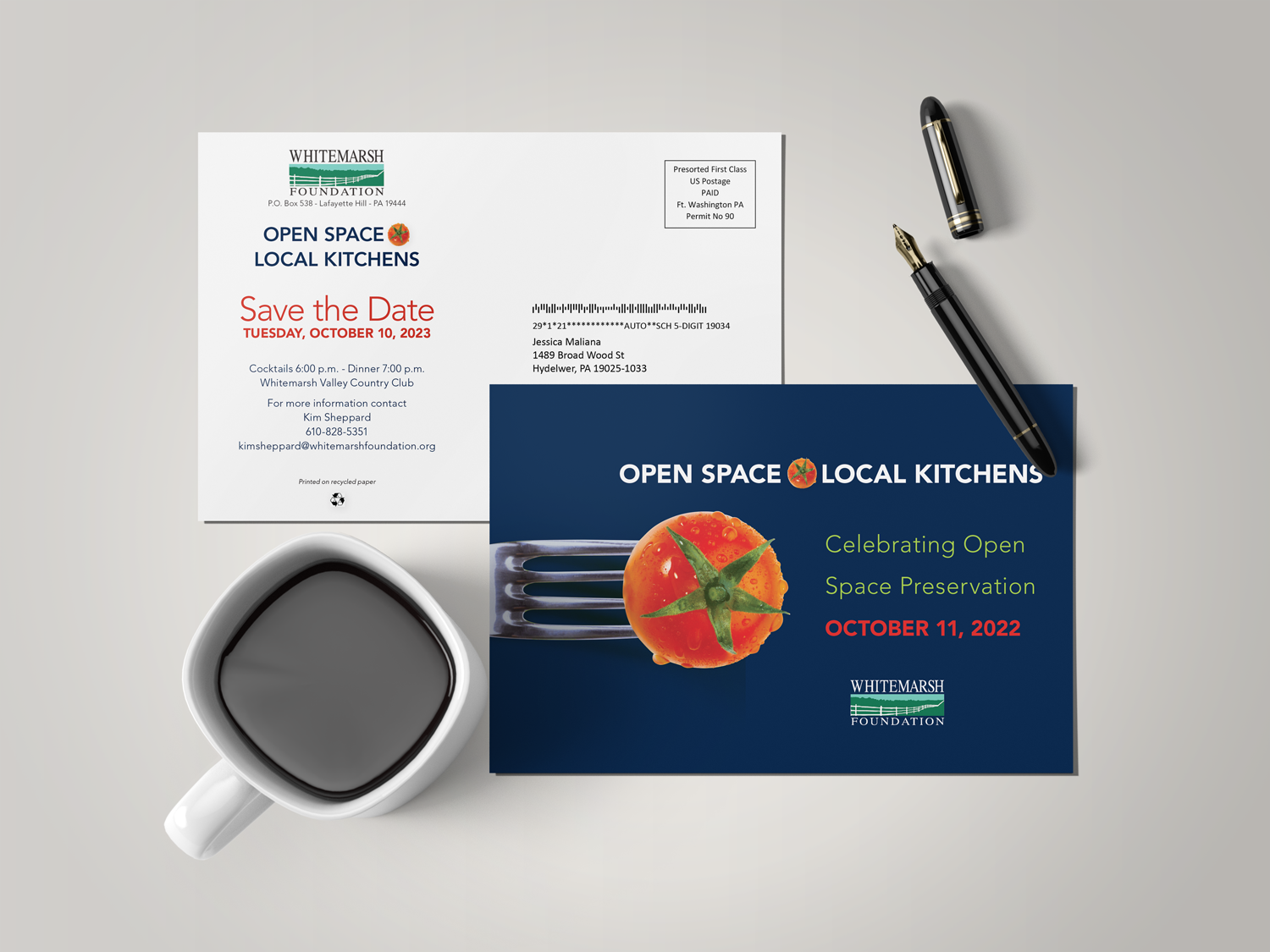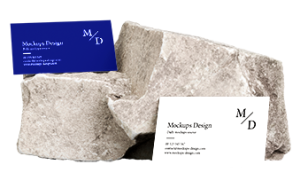Just when marketers and small businesses have figured out how to market to millennials, a new demographic comes along. Gen Z is the newest generation of consumers, and they already represent an estimated $300 billion in buying power.
Gen Z is known for being digitally attuned and culturally diverse, with a strong desire to find and create meaning. Gen Zers have a distinct identity and preferences. You can’t talk to them the same way you would talk to millennials – you’ll need different marketing plans and strategies for each generation.
Surprisingly, data indicates that despite their near-constant access to technology, Gen Zers responds well to print media and other offline marketing tactics. This article will explore Gen Z’s buying preferences and how businesses can use print media to attract these consumers.
What is Generation Z?
Generation Z is loosely defined as anyone born between 1997 and 2012. Most of these people are currently in high school and college, but by 2025, Gen Z is expected to account for 27% of the workforce, according to the World Economic Forum.
Their upbringing was guided by the Great Recession, low unemployment rates, attentive parenting, and lifelong access to the internet and smartphone technology. These influences have shaped their principles and how they make buying decisions.
For instance, since Gen Z was born into an era of technology, they expect their tech to work correctly and are disappointed when it doesn’t. They’re used to being treated with respect and will abandon companies that don’t meet their standards.
Gen Z doesn’t have the same sense of brand loyalty that millennials have, so they’re unlikely to give companies a second chance. For that reason, you should use Gen Z’s high standards as a barometer for the quality you deliver in your business.
Why Gen Z may prefer print media
Traditional marketing doesn’t work on Gen Z like previous generations. Gen Z has a much wider variety of content to choose from, and they have slightly shorter attention spans.
Let’s look at a few reasons why print media may be an effective way to market to Gen Z:
- Gen Zers need tools to help them to focus. Because Gen Z grew up surrounded by multiple screens, they recognize the need to unplug occasionally. Print media is effective in part because of its distance from distraction. Much like printed coursework and research articles allow Gen Z to focus their attention on a task, your brand gets their undivided attention once your print ad is in their hands.
- Print is their preferred learning media. According to DirectTextbook, 62% of college students prefer print textbooks over digital course materials. They consider print easier to read, annotate and learn from. Readers tend to skim onscreen text, whereas physical text encourages more engaged and in-depth reading. Conveying your brand’s message through your demographic’s preferred medium can create a powerful connection.
- Gen Z likes cross-channel communications. For a generation accustomed to seeing everything digital, print media is something they view as non-traditional marketing. Play on Gen Z’s attraction to variety when you use printed marketing media to give them a refreshing outside-the-box look at your brand’s message.
- Print media represents authentic media. Younger generations can sense when people and brands are inauthentic. Since they grew up in a digital landscape, both Gen Z and millennials value authenticity in a way previous generations did not. In a world where web publishing is ubiquitous and misleading content is everywhere, print is generally considered more authoritative and authentic, adding to its appeal to young people.
- Print provides a tactile experience. The sensory elements that make print unique – like touch, sight and smell – can’t be recreated on digital devices. For Gen Z, tangible media gives them a physical way to assess the product’s quality or personality. This is why Gen Z tends to prefer brick-and-mortar stores vs. online shopping.
- Physical media has a longer shelf life. The physical nature of printed marketing media affords it a longer shelf life than digital ads, which come and go in seconds. Whether you’re advertising with flyers, postcards, letters or magazine ads, the physical copy is there until it’s put into the recycling bin. This gives Gen Z more opportunity to consider and connect with your brand.
- Gen Z prefers personalization. Print is a highly customizable medium on which you can tailor personalized messages that speak to Gen Zers. Tactile print leaves room for media interaction like puzzles and quizzes, not to mention the possibilities for different formats. Well-laid-out print media is straightforward, uncluttered and appeals to Gen Z’s instant-gratification mentality.
How to use print media to market to Gen Z
No matter how many technological advancements we see in our lifetime, print media will likely continue to have a place in marketing, even if you combine print and digital marketing strategies. Though messaging and design will continue to evolve, the fundamentals of physical media will remain the same.
Here are a few ways to use print media to appeal to Gen Z:
- Provide coupons. Gen Z is known for being thrifty and valuing financial stability more than other generations. If you run a brick-and-mortar store, coupons may drive engagement and retention with Gen Z consumers and foster customer loyalty.
- Send direct mail. Did you know that Gen Z is responsive to direct mail marketing? Ironically, the fact that they grew up so heavily surrounded by technology means that direct mail offers a more personal touch they can’t get otherwise. If you need help with your direct mail campaign, consider using one of the best direct mail marketing services to take the hassle out of spreading brand awareness.
- Use testimonials. Peer groups strongly influence Gen Z’s buying behavior, and they value testimonials from real people. Sending them direct mail with testimonials from real-life customers could improve your marketing ROI and be an effective way to reach Gen Z.
- Make it interactive. On average, you have about eight seconds to catch and keep Gen Z’s attention, so look for ways to make your print marketing interactive. For instance, you might find ways to incorporate gamification and social media mentions into your print marketing.
Nicholas Brown contributed to the reporting and writing in this article.







